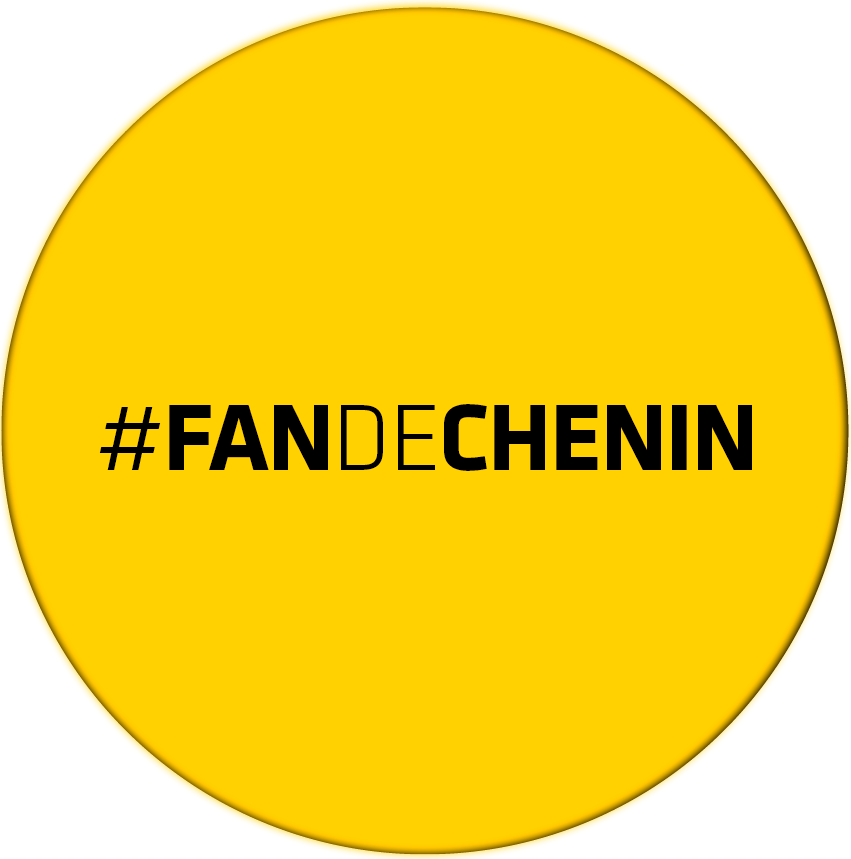Savennières
Contacts
Located in the south of Angers, Savennieres wines are rich of history.
Conducive soil and climate
It is situated 15 km south-west of Angers on the right bank of the Loire river in Bouchemaine, Savenieres and la Poisonniere in the heart of Coteaux de la Loire. It is formed by schists hills at the Est proximity of Massif Armoriain in the part of Anjou called Anjou Noir, in contrast with the other part called Anjou Blanc situated in the limestone Bssin Parisien.
In primary time, this whole part of the Earth was under water. When the ocean retreated, the sand became sandstone then, with the heat and pressure, transformed itself into schist: a < Metamorphic rock > The schist erosion, the slab movements and the rises of magma have progressively let appear some various magmatic rocks rhyolit, spilit, phtanit and some quartz veins. This type of winegrowing soils is rare and spectacular. It gives Savennières wines a very particular minerality with great bitter-tasting which creates their uniqueness
The oceanic air moving back up to the Loire Valley that creates Savennières micro climate. The legend tells that storms go through and don’t stop. The Climate is less humid than in the Loire Atlantique region and less continental than in Touraine. Hard soil and soft climate make a unique combination.
The history of Savenieres
First limited to the Angers abbeys soils, the vine growing spreads out on plums hills and to Bouchemaine during the 4th century and probably the ones in Savennières afterwards.
The landscape keeps changing with Parisian financial investors arrival attracted by the renown and modernity of this vineyard.
The countess of Serrant introduced Savennières wines to the court of Napoleon 1st. The wine-growing gets bigger in the XIX century with the Angevine middle class
Savennières terroir has been proud to be part of the Loire Valley recognized by UNESCO for its cultural landscape since 2001. Hills and Coulees, castles and gardens.’, plateau and windmills. 3 landscapes are merging. A rare concentration of Castles from the 16th to the 19th centuries, built by notables of that time, evoke the attraction that could provide the beauty and renown of the vineyard.
Savennieres wines
Savennières wines have power, strength, righteousness; they provide a wide range of sensation. They are complete and balanced wines; the schist gives all that bitter mineral tasting with a true taste .
In its younger years and till 5 years old Savennières wines provide some some flowered (yellow flowers, acacia) and fruity aromas (apple, pear). Afterward, some mild spicy aromas, herbal plants, tubers (fennel, celery) or stewed fruit (cooked apples) start to develop.
Sometimes Savenieres wines can also be smooth due to a vineyard located high up and ventilated by oceanic winds. The aromatic palette is very wide: apple, pear, rhubarb, Mirabelle, stewed fruit, jams according to the confit level reached by the grapes
Even if quite exceptional, Savenieres wines can be sweet with lots of aromas: apple, pear, plum and rhubarb.
Exceptional wine and food pairings
Savennières have to been served around 12 degrees. You can enjoy them with a meal but also as an aperitif. It can be served with fish (raw or cooked), white meat (veal, pig) but also tubers : turnip, sunchoke, brussel sprout or artichoke.
Figures
Annual production : 4 033 hl for 140 ha which make around 537 700 bottles a year
Annual yield : 50hl/ha
36 producers

